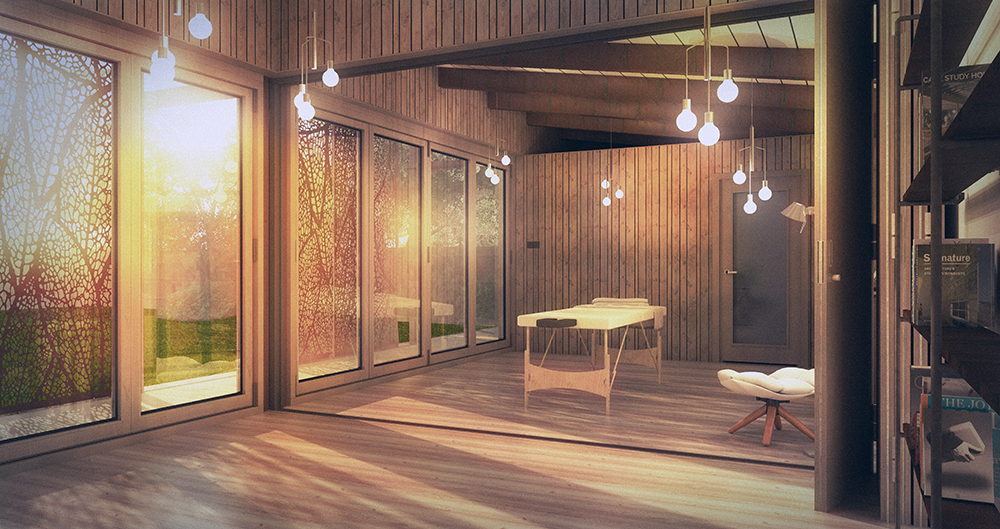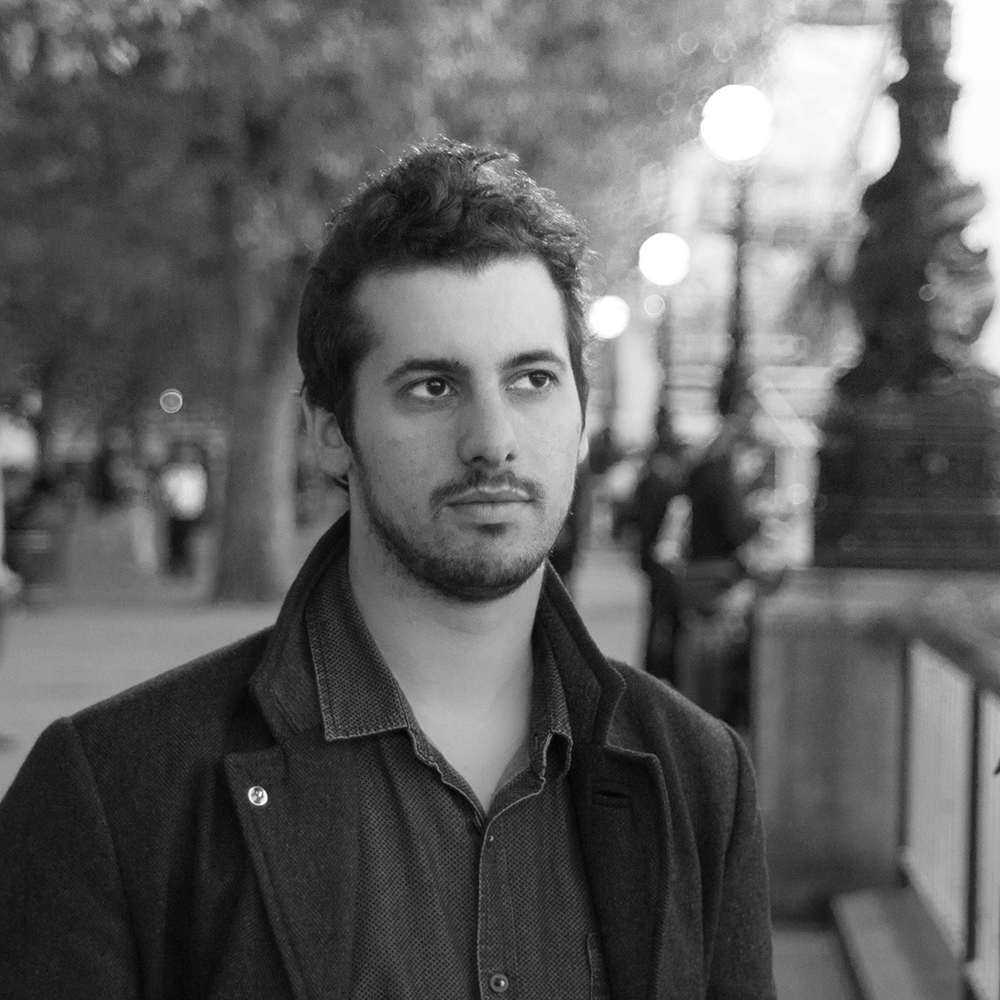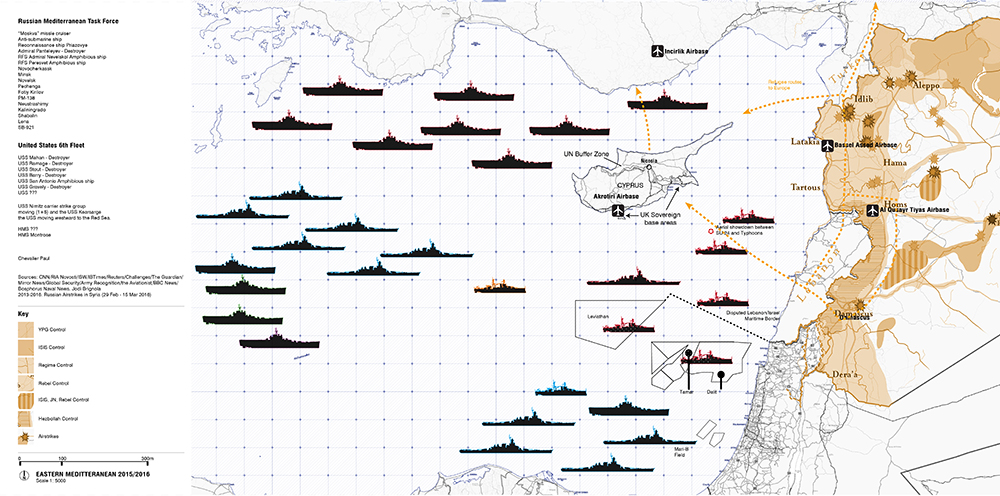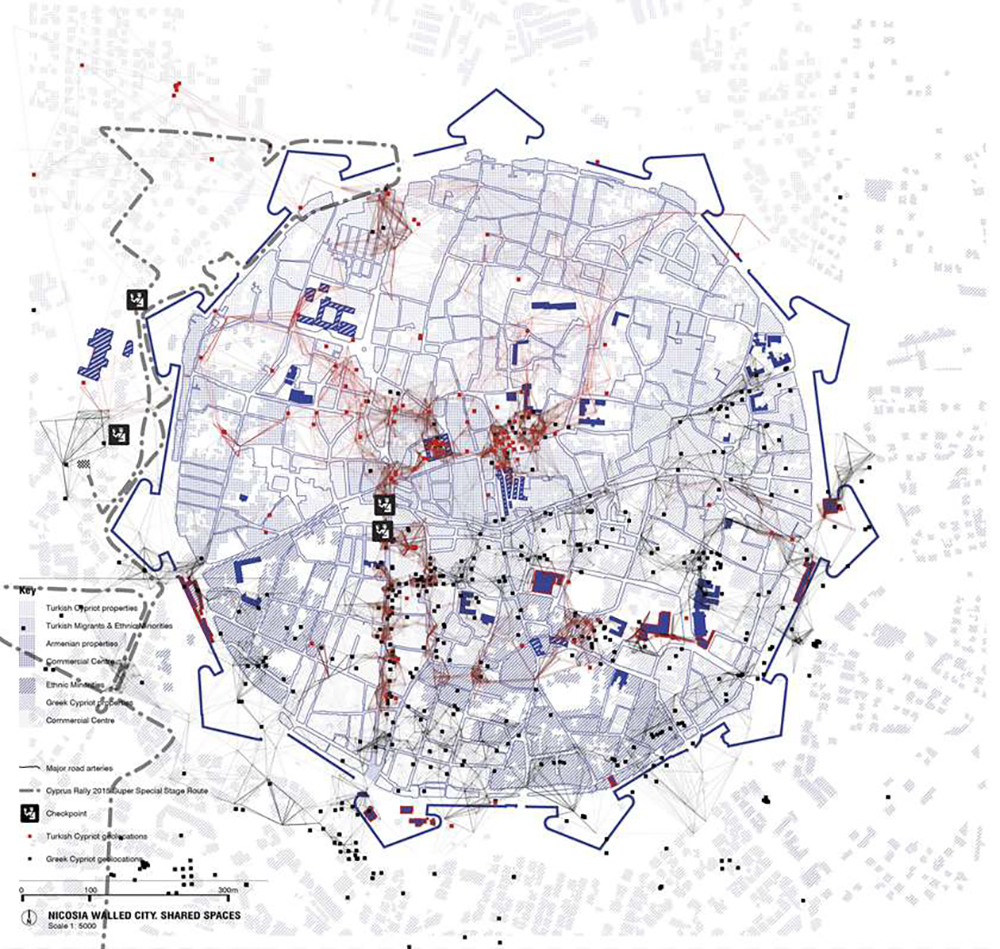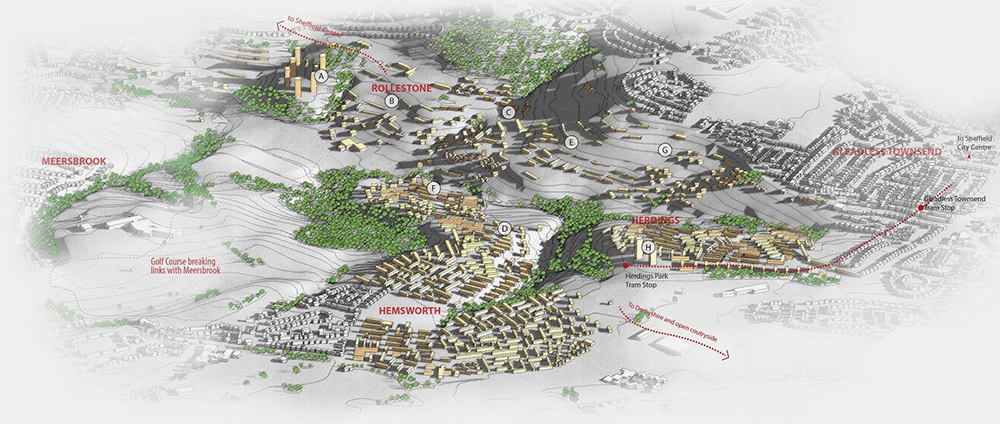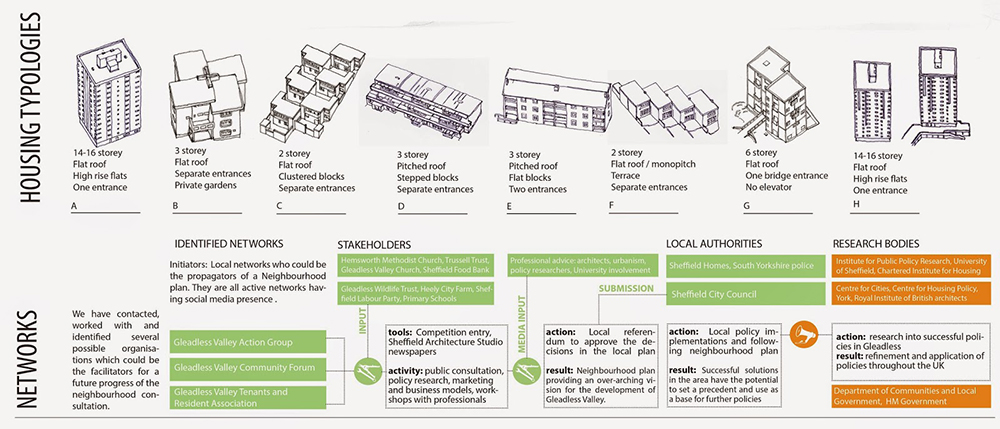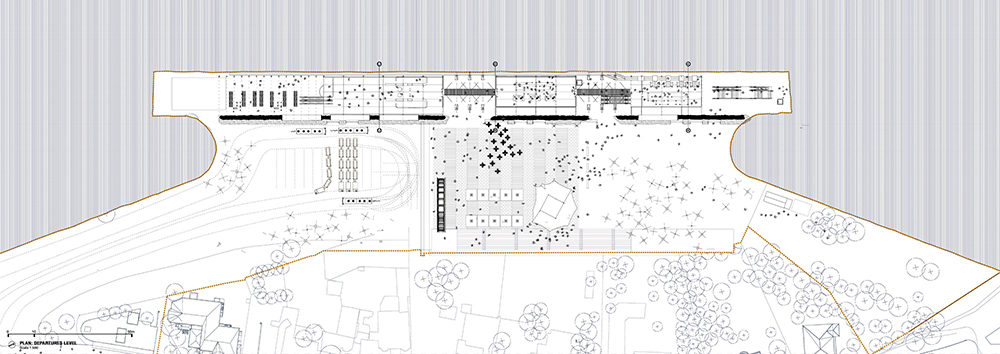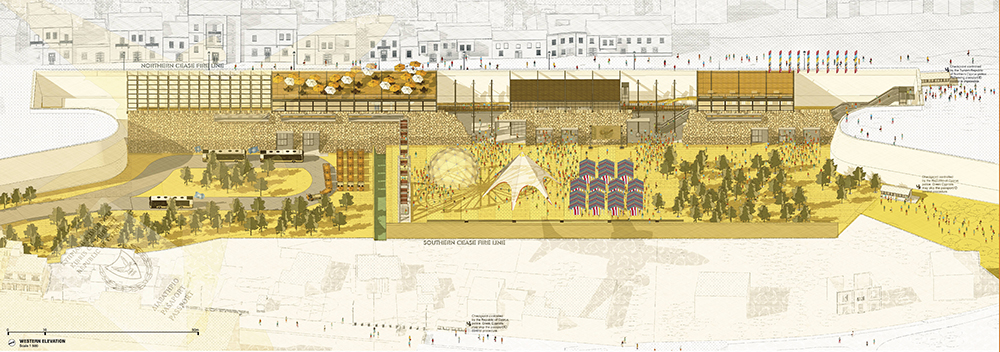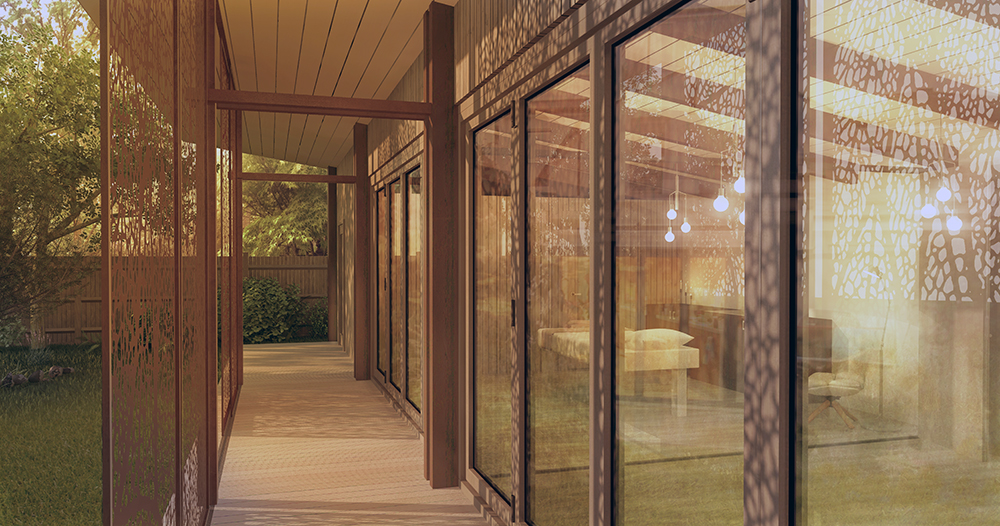Andreas Papallas was born in Larnaca and graduated from the University of Sheffield (2013) and the University of Cambridge (2016) with an MPhil in Architecture and Urban Design. He has practiced in London and held visiting researcher posts at the University of Cyprus and at the Centre for Urban Conflicts Research. He is currently practicing in Larnaca and he is a research fellow at the Cyprus University of Technology.
#1. Describe your architectural background with a few words.
My architectural studies begun at the University of Sheffield in 2010. The Sheffield School of Architecture (SSoA) places students in a socially contextual milieu amongst academics and researchers interested in the social and cultural role of architectural praxis. I will never forget the first year history and theory lectures from the late Peter Blundell Jones and the unique view from the Art`s Tower studios. My interest in theory, research and urban design led me to pursue an MPhil in Architecture and Urban Design degree at the University of Cambridge. The opportunity for each student to lead and develop his or her own project, the freedom to take initiative and our treatment us researchers rather than students made the Cambridge Design Research Studio (cDRS) more than a mere university course. It was truly a group of people; one team of supervisors, tutors and students, with unique interests, different backgrounds and a joint passion and thirst for knowledge and research. While it is difficult to single-out one person that had an influence on me as it was the amalgamation of people and circumstances that made cDRS unique, I cannot fail to mention Ingrid Schröder, not only the course`s director, but its heart and soul. Our almost daily discussions on architecture, politics, the economy and other issues have shaped my character and research ethics. I also have to mention our long discussions with Richard Sennett at the dimly-lit boardroom of Scroope Terrace which contributed in a large extend to my thesis `Urban Rapprochement Tactics: Stitching Divided Nicosia`. My thesis research gave me the opportunity to use the example of Nicosia to talk about important wider issues such as diversity and racism within a Europe (and world) that is due to change in conferences in San Francisco, Nicosia, London and Cambridge.
#2. After your graduation, how did you make up your mind on your next step it?
What was it about? I took a year between my undergraduate and postgraduate studies to gain some experience by working at MSMR Architects in London where I spend time involved with high-end residential and mixed-use schemes at difference work stages. At the same time, alongside two colleagues from the SSoA, Simeon Shtebunaev and Zak Nicoll, we participated at the UN Habitat: Urban Revitalization of Mass Housing competition with an entry dealing with the issues facing Geladless Valley in Sheffield. Our proposal for a series of planning policies and urban design mechanisms, was awarded a 1st prize in the UK and a 2nd in Europe. Following my postgraduate studies, I`ve decided to spend some time exploring what truly interests me and how can the skills I have developed and the knowledge I`ve gained put into use. Based in Larnaca at the family practice Papallas & Ioannidou Architects, I found myself collaborating with the Architecture Department at the University of Cyprus and the Department of Multimedia and Graphic Arts at the Cyprus University of Technology (CUT). At CUT I am currently the Project Manager for the EU-funded programme NOTRE (Network for Social Computing Research) and a Research Fellow at the Cyprus Interaction Lab where I write proposals for new programs that involve social innovation and creating new research infrastructures.
#3. What were the difficulties you encountered and the opportunities that came along with your choices?
As most architecture school graduates, I too found a large gap between academia and practice. Throughout my education I had the opportunity to explore in great depth issues with immense social and political complexity and borough ideas and methods from sociology, psychology and anthropology – something not completely unusual at academia. A few of the topics that the Cambridge Design Research Studio has dealt with in the past was dealing with natural disasters such as Nepal`s earthquake, the strategic design of the wholesale food infrastructure in Hong Kong and the design of an inclusive model of intensive agriculture in Almeria. While the issues and situations we`ve immersed ourselves are extremely important and the quality of the research produced has been exceptional, in reality these are not issues a young architect will easily face coming out of education, at least not in Cyprus. However, this is more telling of the need to expand the role of the architect rather than a need to change the educational model. One of my Cambridge colleagues in one of his articles, has insightfully identified the million-dollar question: do we need architecture schools or architect schools? Indeed, studying architecture does not provide you with the necessary tools to practice architecture but allows for a unique versatility in thinking and doing. Acknowledging this, I took the opportunity to experiment with the margins of what one would define as architecture and establish the `mesh spatial design studio`, a collaboration with Antonis Stylianou that combines architecture, art and technology through a series of proposed interactive installations. At the same time, I had an opportunity to get involved with the Department of Multimedia and Graphic Arts at CUT. The difficulty doesn`t lie in bridging the gap between academia and praxis anymore, but in managing the different opportunities that emerge.
#4. What is your current occupation and in what way is it an asset to your professional life?
Is it close to what you imagined architectural practice to be? Today, I`m involved with various projects and activities that relate to architecture in its wider definition and can identify these around three thematics. The first thematic is what one would imagine to be the conventional way to practice architecture: that is the design of buildings through my work at the family practice, Papallas & Ioannidou Architects. This thematic relates greatly to the time I spent practicing in the UK and includes meeting with clients, designing digital models and attending site visits. The second thematic is similar in spirit as it combines the praxis of design with a research dimension. I`m referring to `mesh spatial design studio` aiming to create spatial interventions and installations that raise questions about the relationship of space-society and the concept of identity. Our very first project, a proposal for the Cyprus pavilion at the Architecture Biennale di Venezia titled `emergent marginalia` was selected for the shortlist, while just recently we were awarded a residency scheme in Limassol (theYard.Residency.17 by MITOS Centre for Performing Arts). This residency will provide us with the opportunity to present an interactive installation and have a discussion about the role of construction and conservation in early February 2017 at the Old Vinegar Factory in Limassol. The ideas surrounding `mesh spatial design studio` originate from an interest I`ve developed from my time at Cambridge in the role of space in social representations. The third thematic relates to my work as a research fellow at the Cyprus University of Technology under the guidance of Panayiotis Zaphiris, where I have undertaken a project manager role at the EU-funded programme NOTRE and at the same time coordinate and write grant proposals for new projects. My background as a research assistant at the Centre for Urban Conflicts Research at Cambridge (under the guidance of Wendy Pullan) and as a visiting researcher at the Architecture Department at the University of Cyprus (under the guidance of Nadia Chalarambous) has been instrumental in equipping me with the skillset needed to carry out these tasks. I have written earlier about the gap between education and practice but in the short time I have been in Cyprus, I feel I have identified a link between the two: the ability to comprehend and coordinate different disciplines, professions and actors whether that is to complete a physical architectural product or a research project.
#5. What piece of advice would you give to someone that would like to follow your steps?
While it is difficult to offer specific advice, I can identify some elements and characteristics that have been useful in shaping my path. While cliché, the first that comes to mind is the absence of fear for failure. Or better, not the absence of fear as it is impossible to be eradicated, but the effort for the best result regardless of fear. Whether success is tackling a difficult design brief, funding a project or organising an exhibition, failure has to be an ally and disappointment has to be resource for the future. The second that comes consequentially, is to be explorative and experiment. Experiment with new methods and explore into other disciplines. Frequently, what I have been looking for had less to do with architectural theory or method and insight could be gained from discussions and contact with sociologists, musicians, artists etc. Third, the real interest in whatever I have been involved with does not present itself when I try to give answers or solutions but when more questions reveal as a result. Concluding, I think it is worth mentioning that each and every person shapes his or her own unique future. It is this uniqueness of all individuals, whether it is within the architecture community or wider society, that allows for unique opportunities for interaction, collaboration and creativity, and here is where true value lies.
Περαιτέρω διευκρινίσεις / Further details:

